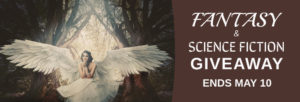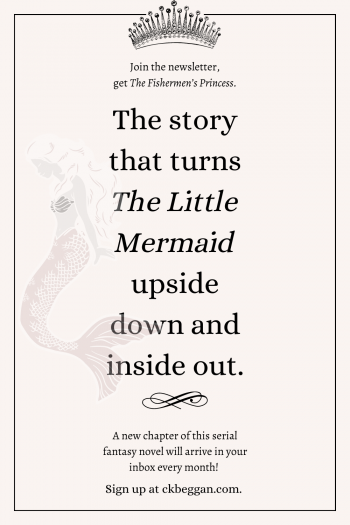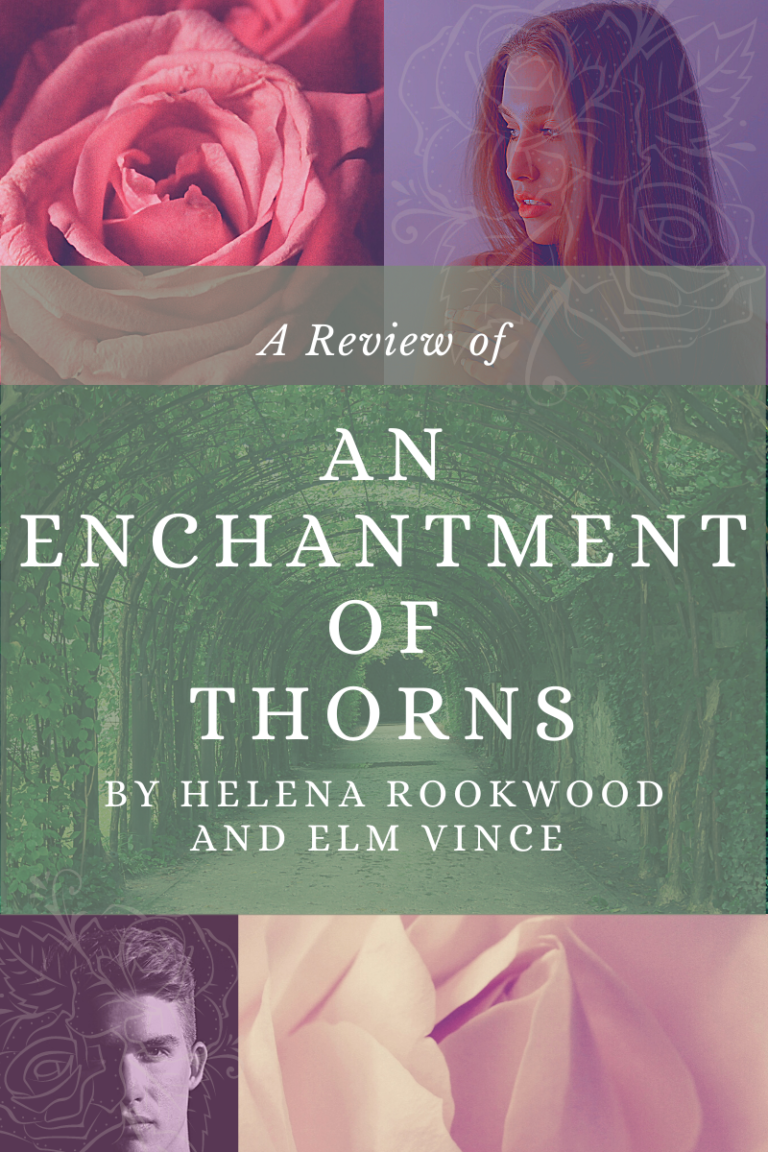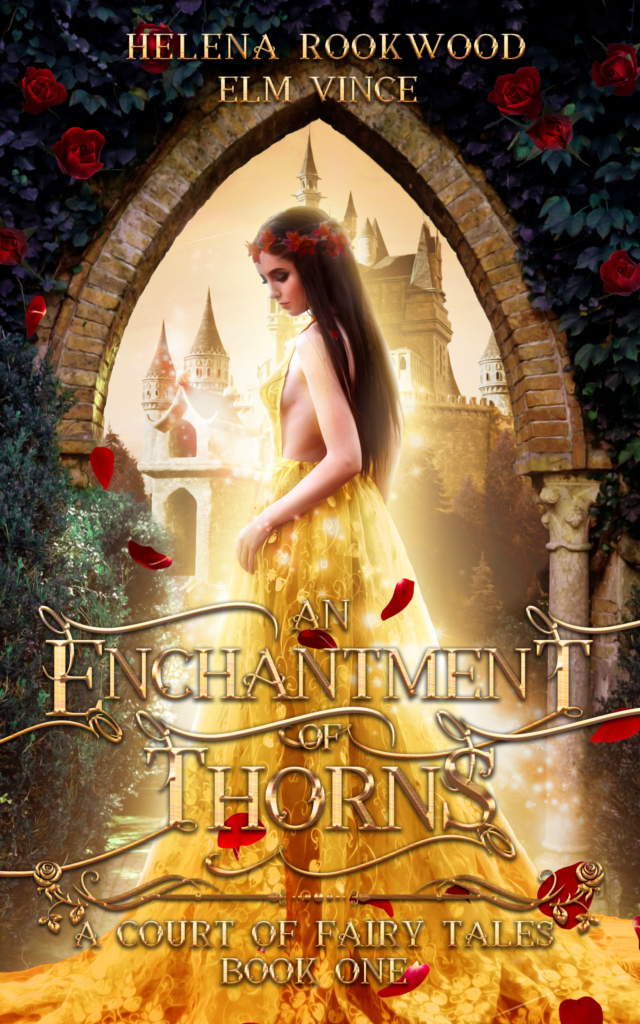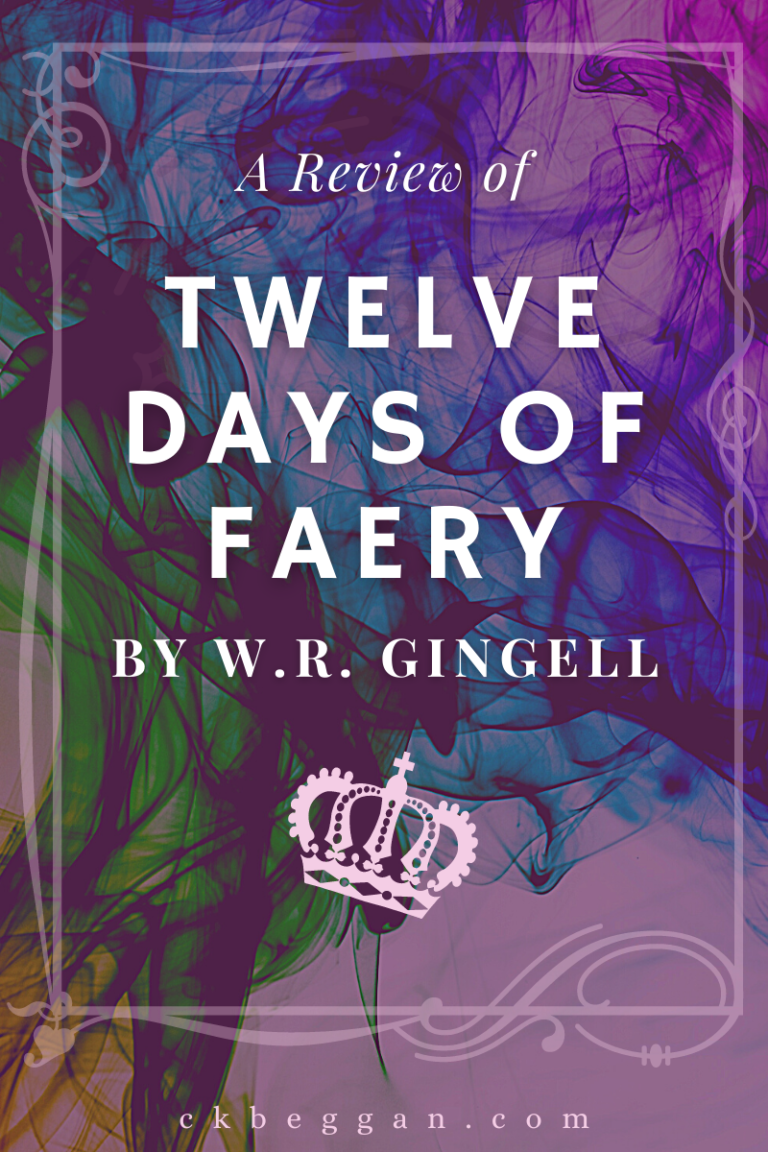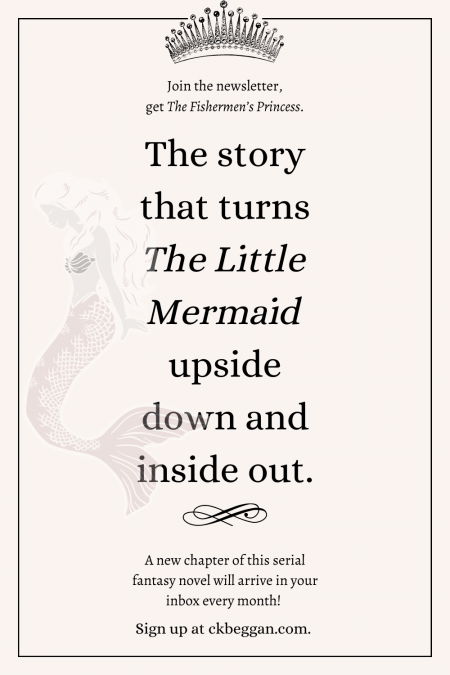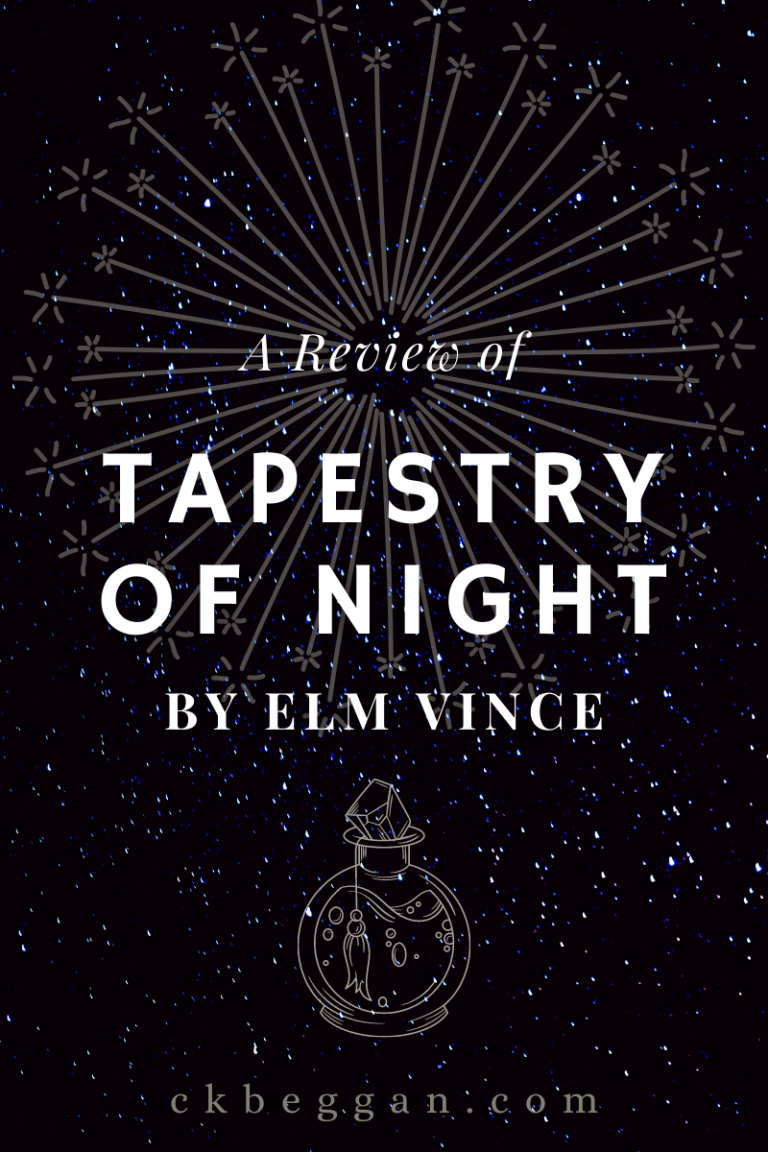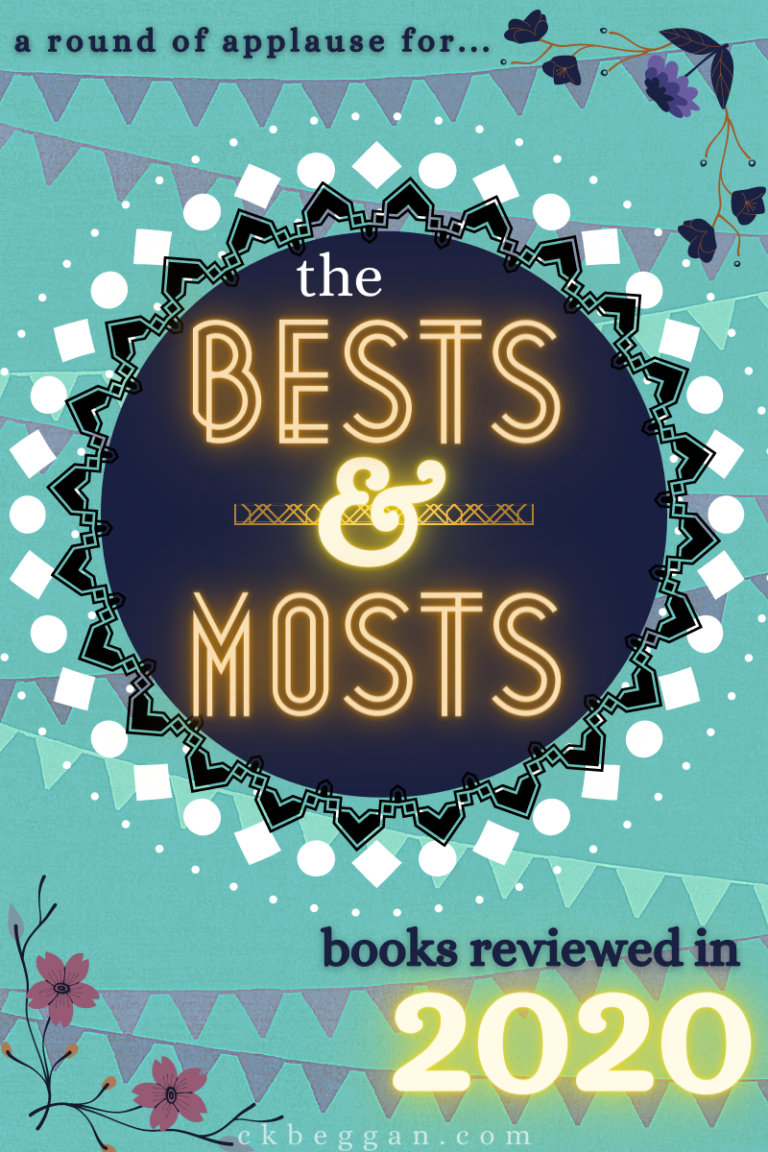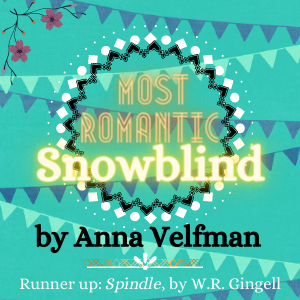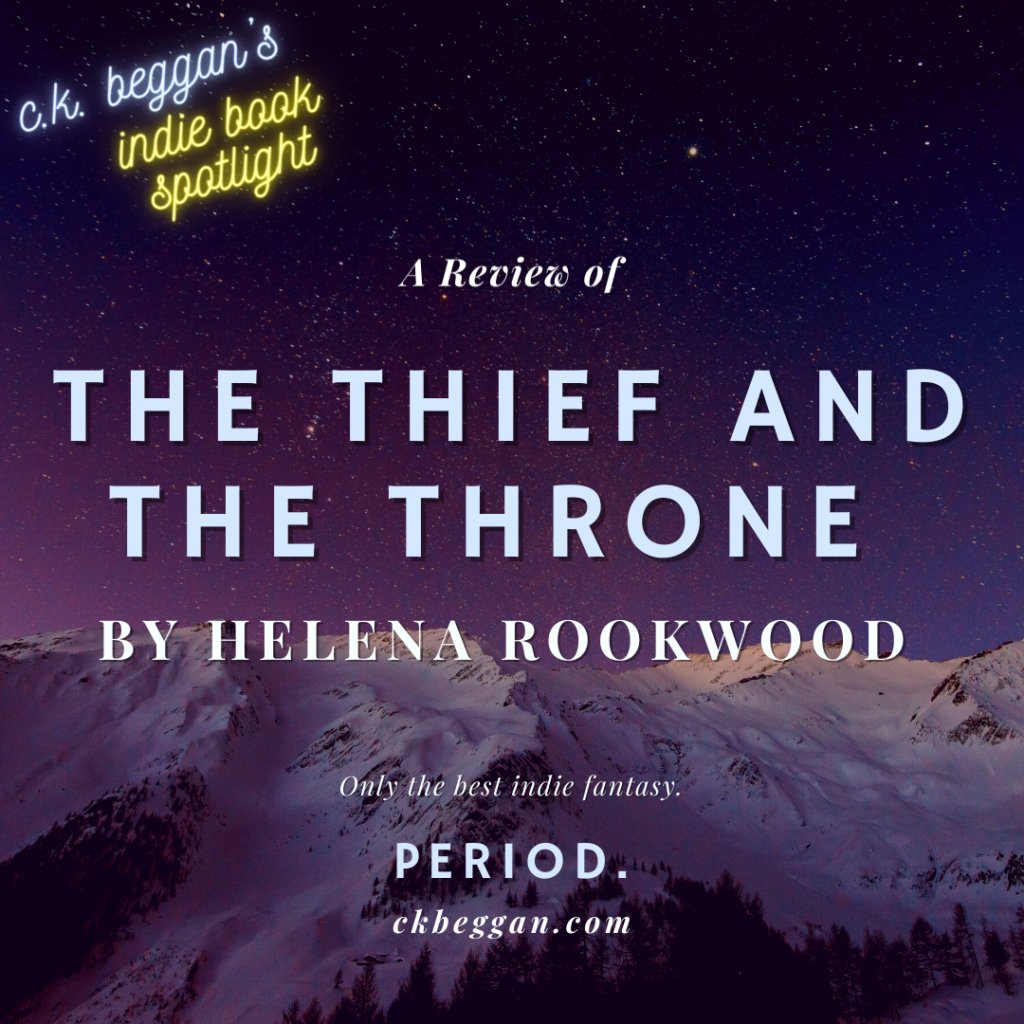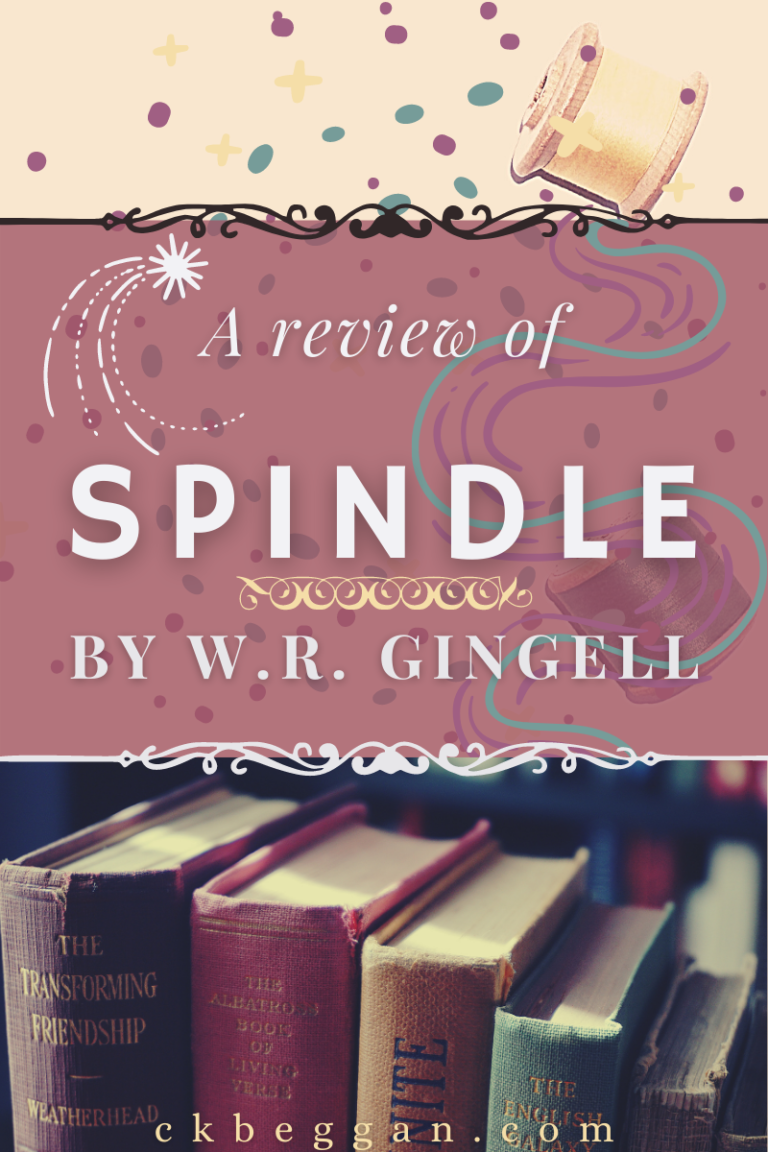This week brings us another funny fantasy from an indie author. It’s time for…
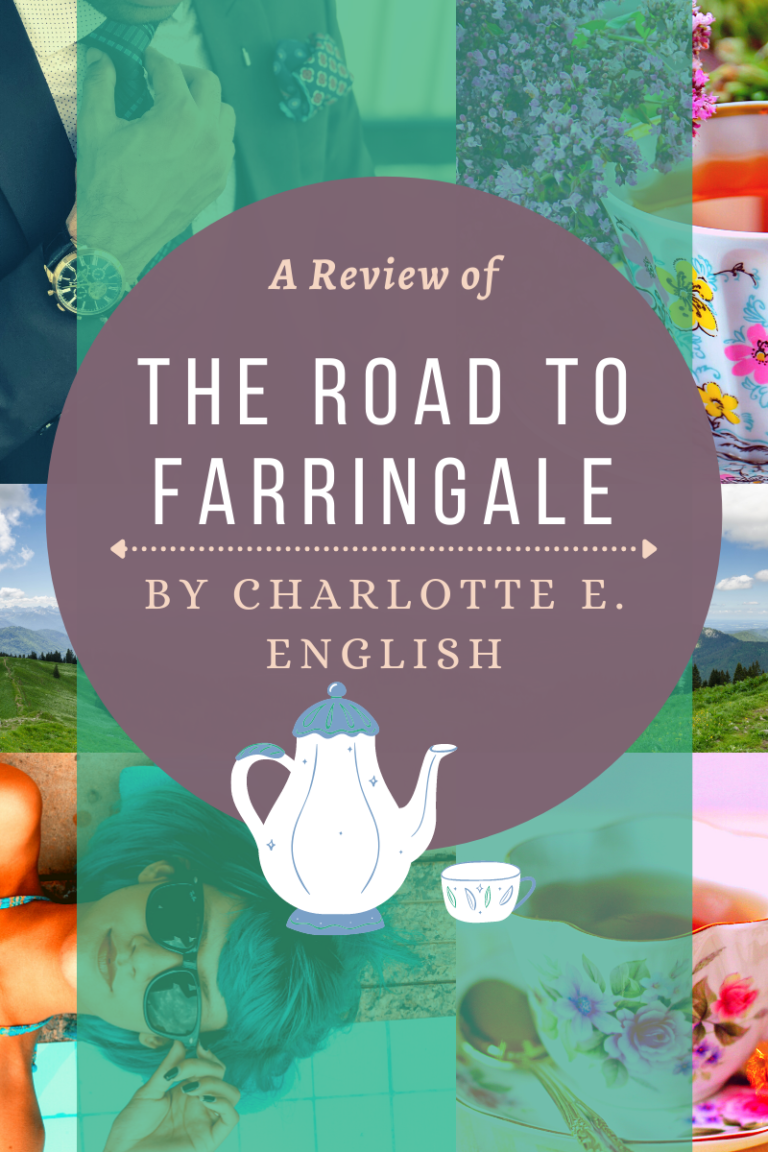
Author Charlotte E. English has a sense of humor—there’s no doubt about that. In this quirky and lovable tale of a secret, magical society trying to save magic in the U.K., trolls are the focal point.
Narrator Cordelia Vesper, aka Ves, is a fast-talking, cerulean-haired veteran of the Society for the Preservation and Protection of Magickal Heritage. As an agent of the Society, she is also a resident of the endearingly Hogwarts-like, sentient Yorkshire country manor known as House. With her new partner, Jay Patel, Ves is off on an unrelated errand when she discovers something is very wrong with a troll enclave.
The residents of South Moors Troll Enclave aren’t just “in Recluse,” as many communities are. The trolls living there have become apathetic in the extreme. Worse still, they’re about to eat a pair of endangered alikats, part of a class of creatures that more or less feed off of magical energy. It’s more than against the rules—it’s unthinkable.
The famous Cordelia Vesper
Narrator Ves is fast-talking, quirky and has a “vast knowledge of magickal history. Specialised knowledge of ancient spells, beasts and artefacts. No insignificant skill with charms” and “Great hair.”
As Jay and Ves visit more of the reclusive enclaves, a pattern emerges—including the complete disappearance of once-thriving communities of trolls.
The trolls of The Road to Farringale aren’t what you’re imagining (the Harry Potter similarities stop here). Though some trolls are more like those in fairy tales and “will eat anything,” most are educated, fastidious and elite gourmets, “Trolls whose delight in beauty, culture and the arts go virtually unrivaled across the world.”
One such troll is Baron Alban, the handsome and famously single representative of the troll court.
When Ves, a perfectly self-possessed (if directionally challenged) agent, meets him, she’s stunned. To Ves, Baron Alban is “the most gorgeous troll I have ever beheld, and I mean gorgeous in the sense of spectacularly handsome. All height and muscle and perfect posture was he, his bulky shoulders encased in a dark blue velvet coat over a silk shirt. He wore a kind of cravat, and an actual top hat lay on the table beside him.” Those kinds of trolls.
Despite his Jane Austen-era styling, Alban is a member of the modern troll court. The original was lost and is permanently sealed away, and is not a little reminiscent of Camelot. Alban, a noble-born George Clooney with a “pleasing jadeish hue,” has secret knowledge Ves needs in order to solve the mystery of the apparent illness destroying troll enclaves around Britain.
With her is the aforementioned Jay Patel, the overwhelmed newbie who, unlike Ves, can “find [his] way out of a bucket.” Recruited for his rare ability to travel point to point at dizzying (read: nauseating) speed, we know little about Jay other than that he is the frazzled foil to the self-assured Ves. He still manages to be lovable, in the way that only disheveled characters, who mirror the readers’ disbelief at every madcap turn in the story, can be.
That leads me to what’s missing from this charming story, which moves at the speed Ves talks. There are a host of amusing, interesting side-characters, who get almost equal backstory to the central characters.
I would’ve liked to learn more about Ves’s backstory, what drove her into the field besides her passion for saving magick and what her family and upbringing was like. I wanted to learn more about Jay, too and see him in the quiet moments when he isn’t slumped over beside an empty vat of hot chocolate—the Jay that exists outside of his job, and the Ves that existed before her all-consuming work. I hope future installments of the series cover this, because it’s a shame not to hear more about where these delightful characters come from.
Magical beasts aplenty
Griffons, Pegasus, trolls and a sentient country mansion round out The Road to Farringale’s enchanting and amusing take on a magical U.K.
It’s still a wonderful ride, dotted with enchanting magical creatures, a disembodied voice known only as Milady, who runs the Society, and little gems like this: “I don’t object to a little villainy, mind,” says Ves. “I only draw the line at a lot.”
In The Road to Farringale, even the magical creatures come in wacky packaging, when Ves produces enchanted syrinx pipes from…ahem…somewhere close to her heart. Questions Jay in his usual disbelief, “You just whistled a quartet of winged unicorns out of your bra?” (“Never underestimate the benefits of a good bra,” Ves quips in reply.)
If this sounds like your kind of book—or if you just need a pleasant, amusing diversion—by all means, pick up The Road to Farringale. Even if you aren’t totally satisfied with the time it devotes to its characters, you’re in for an enjoyable read.
To learn more about this author, visit charlotteeenglish.com.
